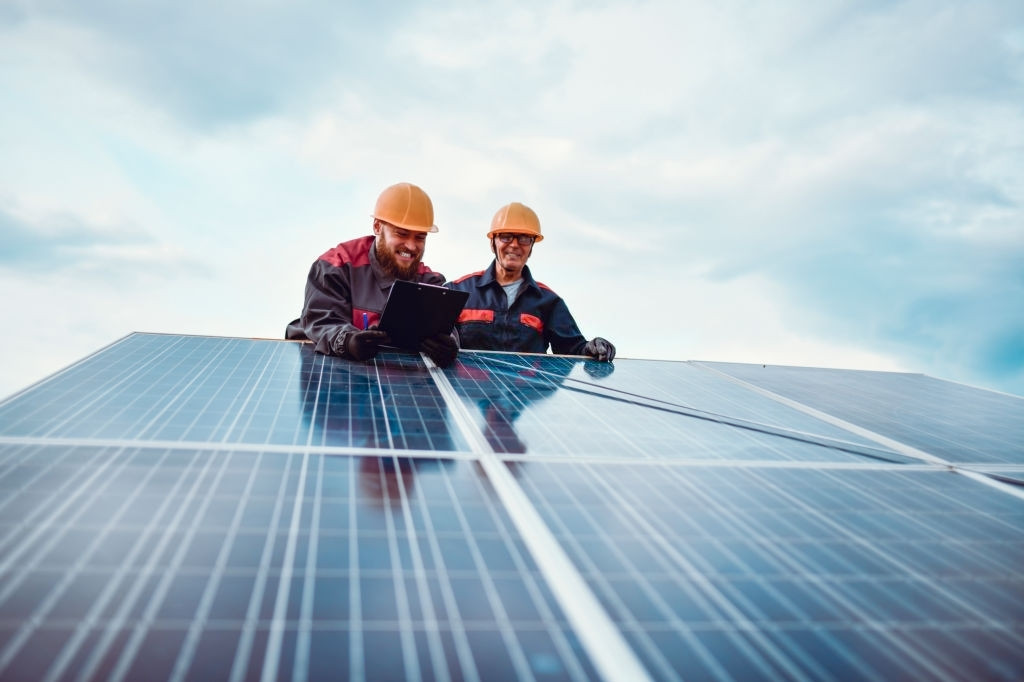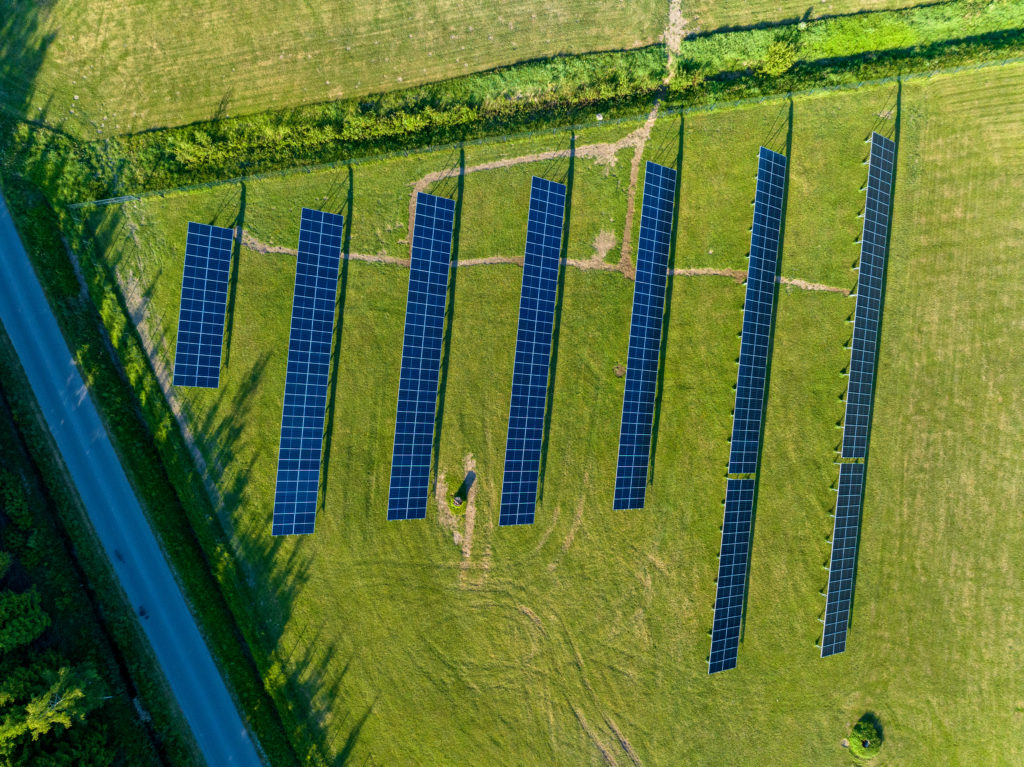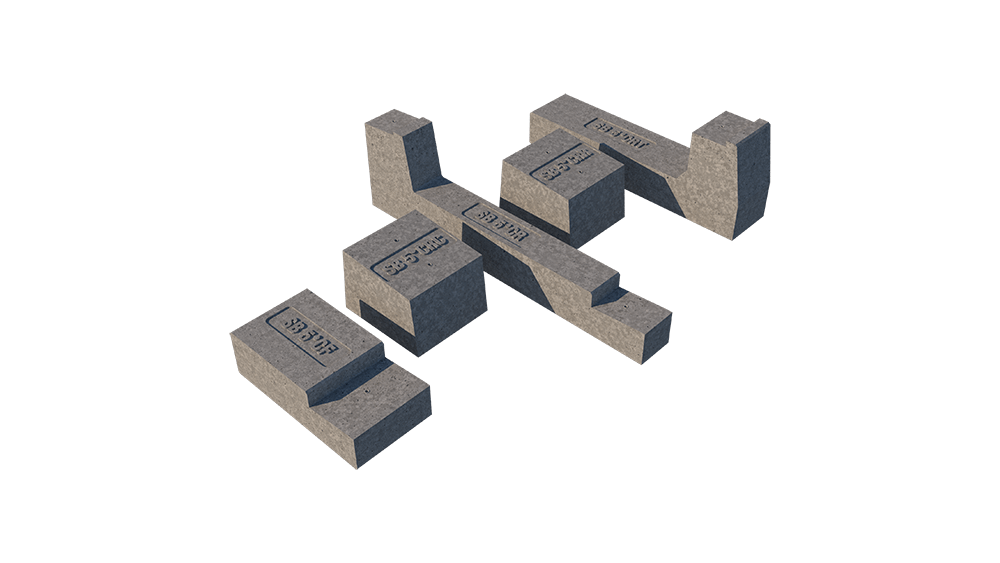Solar energy
What you need to know about solar panels

Solar panels can be divided into two types: crystalline solar panels made mainly of silicon and thin film solar panels. Today, more than 90% of the solar panels installed in the world are mono- or polycrystalline solar panels.
Energiapartner offers solar panels from different manufacturers, using only products from well-known and high-quality manufacturers. Currently, our main partners are Trina Solar, Longi Solar, Sharp, and Risen.
All panels have a manufacturer’s warranty of at least 12 years and a 25-year warranty on the preservation of productivity.
All the panels we currently offer use PERC technology, which, thanks to the special base with silicon elements, allows panels of the same size to be more efficient and produce more both during peak hours and in poor lighting conditions (during mornings and evenings and a large part of the year in Estonia). In addition, the panels are half-cut and in ground parks also bifacial. As a rule, the efficiency of all the panels is over 20%.

Can solar energy be produced in Estonia?
In Estonia, the average annual amount of solar radiation to the horizontal surface is slightly below 1000 kWh/m2. However, the maximum amount of solar energy can be collected at an angle of 30–40 degrees to the ground. The annual amount of solar radiation falling on such a surface is 1050–1200 kWh/m2, depending on the location. If the angle is greater than the optimal angle, production increases in winter and, if the angle is lower, production is greater in summer.
Solar panels have the greatest output if they face south. A 20–30 degree shift towards east or west will reduce output by around 4–6%. If panels fully face east or west, differences between outputs may be 15–25% depending on the angle.
The output of solar panels is generally calculated in kWh (kilowatt hours) with regard to the power of the installed solar panels (kWp, where “p” is the maximum power of the panels).
The temperature greatly affects the output of solar panels. The lower the temperature of a solar panel, the lower the resistance, the higher the voltage, and the greater the output. Therefore, colder and windier weather creates better conditions for larger output.
Due to the lower temperature, maximum output is often reached already by March or April. If the weather is sunny, outputs in late spring or early autumn may be comparable to the output in mid-summer when the sun is more intense, but the temperature is also higher.
Thanks to the lower average temperature in Estonia, the output of solar panels in Estonia can be compared to the output in many areas of Germany, the largest producer in Europe, especially in the windy coastal areas and islands in Estonia.
Although the output of solar panels is lower in cloudy and rainy weather than with direct sunlight, more frequent precipitation ensures that the solar panels are cleaned of dust, bird droppings, etc., which would reduce the output of the solar panels.



